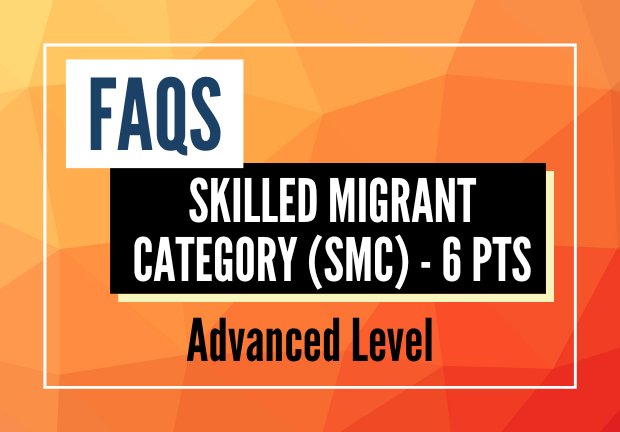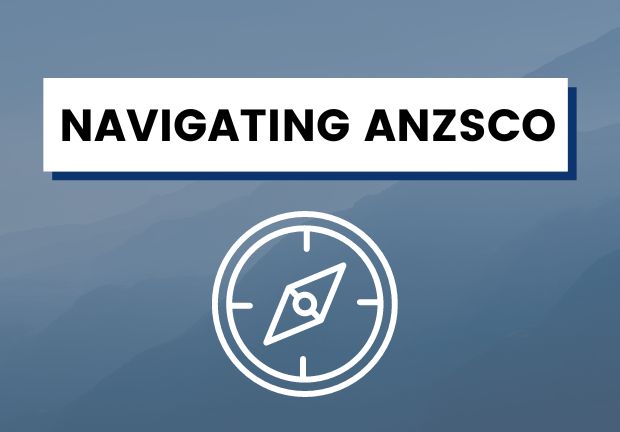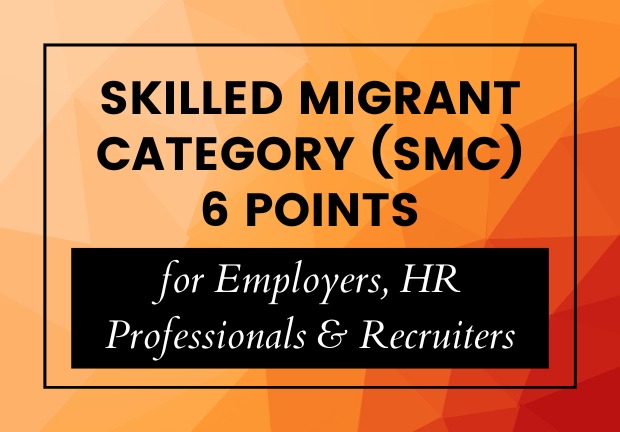3 Things to be aware of when applying for Residence
26 August 2025We are seeing a lot of confusion amongst applicants and employers alike right now about which pay rate applies to which visa—especially since the median wage increased to $33.56/hour on 18 August 2025. Here’s a plain-English update:
1) Median wage vs market rate — which applies to which visa?
For the Accredited Employer Work Visa (AEWV), the blanket median-wage rule was removed on 10 March 2025. Employers must now pay at least the New Zealand market rate—in other words, what a New Zealander would reasonably expect for the same job in the same location and industry.
Because of this shift, Job Check assessments are focusing heavily on whether the pay and terms genuinely reflect the local market. Employers should be ready with evidence (e.g. comparable roles, pay bands, and rationale for the offered rate) as Immigration New Zealand (INZ) is coming down hard on market rate concerns right now. This isimpacting Job Check applications now, so if you are a business reading this, here is where to read more.
For skilled residence pathways (Skilled Migrant Category, Green List, and Work to Residence), median-indexed wage thresholds still apply, and from 18 August 2025 they are based on the median of $33.56/hr.
In summary,
AEWV = market rate (prove it).
Residence = median-indexed thresholds.
Mixing these up is a common reason for PPI letters and declines.
2) How INZ counts NZ work experience
If you’re relying on New Zealand work experience for residence or a subsequent pathway, make sure that employment is full-time—defined as at least 30 guaranteed hours per week. The key is getting professional help on how INZ calculates full-time work—whether by weeks, a running total of hours, months, or days.Only complete weeks that meet the 30-hour guarantee, will count. This standard is consistently applied across Skilled Residence contexts (e.g. Work to Residence and Skilled Migrant). Practically, that means you should keep contracts, rosters, and leave records tidy and ready to submit if asked.
3) AEWV extensions & Maximum Continuous Stay (MCS) — INZ may be re-checking what you may not be expecting
We’re seeing INZ look back at information supplied with the first AEWV when people apply for extensions or MCS. Not all the time, but frequently enough. Where initial applications included minimal evidence—especially around work experience or qualifications—questions are now being raised at later stages. Consistency across all applications is critical: role, duties, pay, experience, and supporting documents should line up from day one.
Bottom line
- For migrants: ensure your employment contract guarantees 30 hours per week, keep your records straight, and understand that residence still looks to median-based thresholds.
- For employers: document how your offer meets the market rate and ensure your Job Check clearly explains the pay rationale.
Taking these steps now will help you avoid PPIs, delays and declines.
We have helped thousands of migrants gain Work Visas and Residence in New Zealand over the years. If you are unsure about the best residence option for you and your family, complete this form for an initial residence eligibility consultation.





